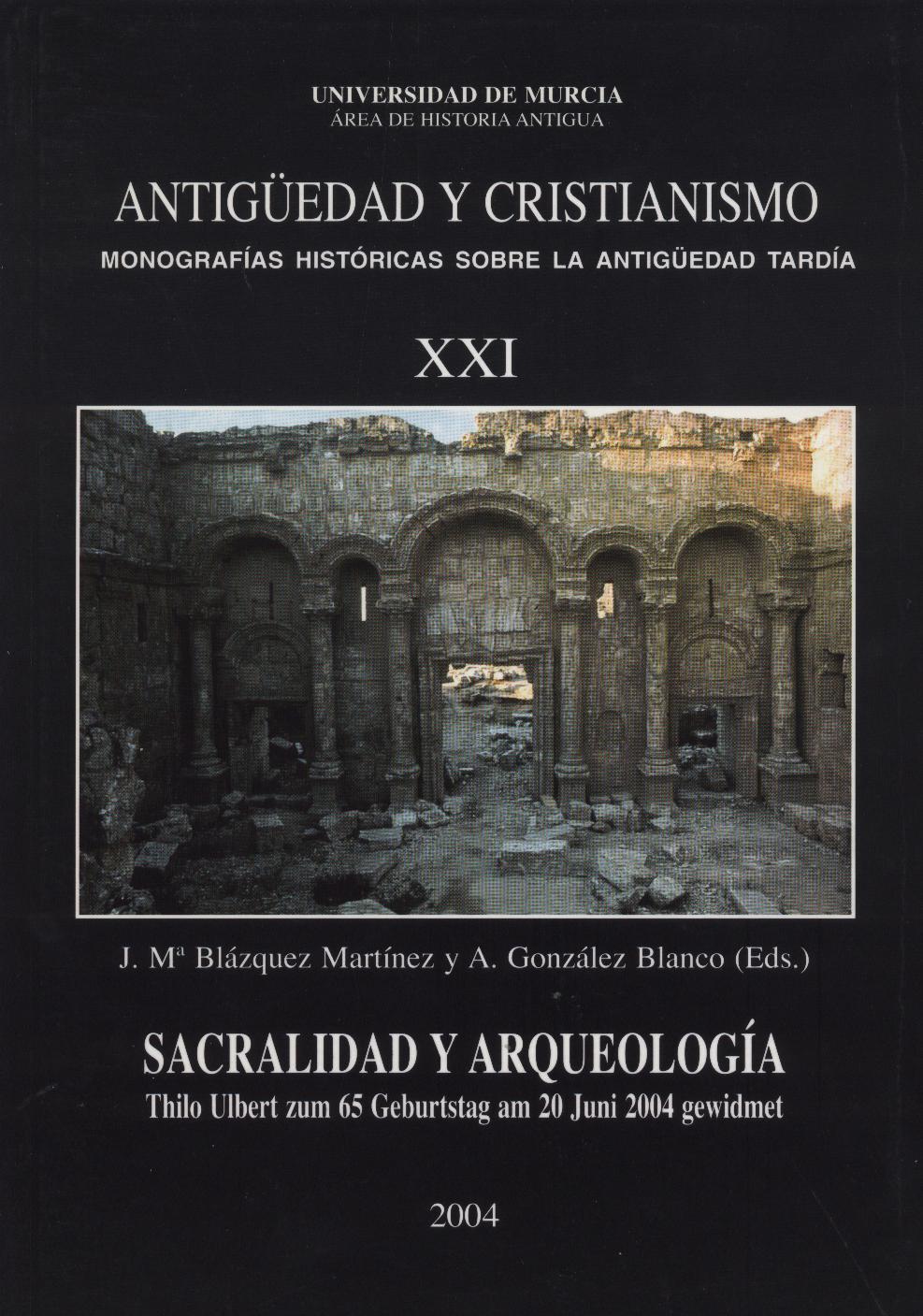Sacred Place Again
Abstract
In the last 20 years, sacred place has been much on the minds of scholars interested in late antiquity. Sacralized place was the catalyst for the development of early Christian architecture during the 4
th through 6th. Century, Access to and control of sacred place was an important marker of identity in late antiquity, for Christians, Jews and pagans. The Ritschl-Harnack paradigm, arguing that in its essence (Wesen) Christianity was a form of religiosity opposed to the sacralization of place, is little more than an anti historical screed, torn from the larger cloth of 16th century polemics. Most 20th century students of late antique art, archaeology, history and religion have ignored the paradigm, as is fitting – only German scholarship has kept it alive. But in the last decade of the 20th century, the paradigm was carried over into Anglophone scholarship, with unfortunate results.
Downloads
-
Abstract293
-
PDF (Español (España))135
1. The authors non-exclusively assign the exploitation rights (reproduction, distribution, communication and transformation) to the magazine.
2. The works published in this magazine are subject to the Attribution-ShareAlike 4.0 International license (CC By SA 4.0). Therefore, they can be copied, used, disseminated, transmitted and publicly displayed, provided that:
i) the authorship and the original source of its publication (journal, editorial and URL of the work) are cited, thus allowing its recognition.
ii) it is allowed to remix, transform or create from the material while maintaining the same license as the original.
Note: Articles prior to 2022 incorrectly display the CC by SA license in the abstract page. They are under a CC by NC ND license as embedded in the article pdfs. Articles published in 2022 and after are under the CC by SA license.

3. Self-archiving conditions. Authors are allowed and encouraged to electronically disseminate the pre-print (version before being evaluated) and/or post-print (version evaluated and accepted for publication) versions of their works before publication, as it favors their publication. Earlier circulation and diffusion and with it a possible increase in its citation and reach among the academic community. Color RoMEO: verde.
























